Program Highlights
Program Highlights
We take a holistic approach in supporting students and families and clients support which is rooted in the understanding of our 4 main focuses:
Child Development
Child Development refers to the physical, cognitive, social, and emotional growth that occurs from infancy through adolescence. This process involves learning and mastering skills like sitting, walking, talking, and forming relationships. Child development is influenced by a combination of genetic factors and environmental conditions, including family, culture, and socioeconomic status.
Trauma
Trauma refers to a deeply distressing or disturbing experience. It can result from a single event, such as an accident or a natural disaster, or from prolonged exposure to harmful situations, such as abuse or neglect. Trauma can affect an individual’s physical, emotional, and mental health, leading to long-lasting effects on their well-being .
Adverse Childhood Experiences (ACEs)**
Adverse Childhood Experiences (ACEs)** are potentially traumatic events that occur in childhood (0-17 years). These include experiences such as abuse, neglect, witnessing domestic violence, and growing up with family members who have substance use disorders or mental illnesses. ACEs are significant because they can have long-term impacts on a child's health and development, increasing the risk of physical and mental health issues in adulthood
Learning Styles
Learning Styles refers to an individual’s preferred way of processing information and learning new concepts. Common learning styles include visual (learning through seeing), auditory (learning through listening), kinesthetic (learning through doing and moving), and reading/writing (learning through reading and writing). Understanding a student's learning style can help tailor educational approaches to enhance their learning efficiency and effectiveness.
4 Communication
Communication is the process of exchanging information, ideas, thoughts, feelings, and messages between individuals or groups. It involves a sender who conveys a message through a medium to a receiver, who then interprets and provides feedback. Effective communication can be verbal (spoken or written words), non-verbal (body language, gestures, facial expressions), visual (graphs, charts, images), or digital (emails, social media).
Importance of Communication
- Understanding: Facilitates mutual understanding and collaboration between individuals and groups.
- Relationships: Builds and maintains personal and professional relationships.
- Decision Making: Helps in the exchange of information necessary for making informed decisions.
- Conflict Resolution: Enables the resolution of misunderstandings and conflicts through clear and open dialogue.
Communication is a fundamental aspect of human interaction and essential for personal, social, and professional functioning.
TESTIMONIALS
